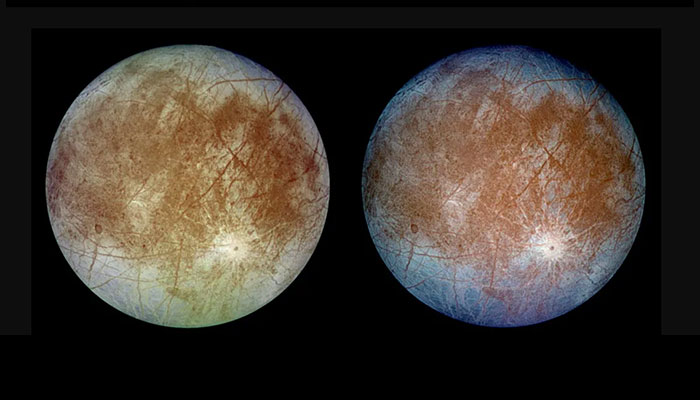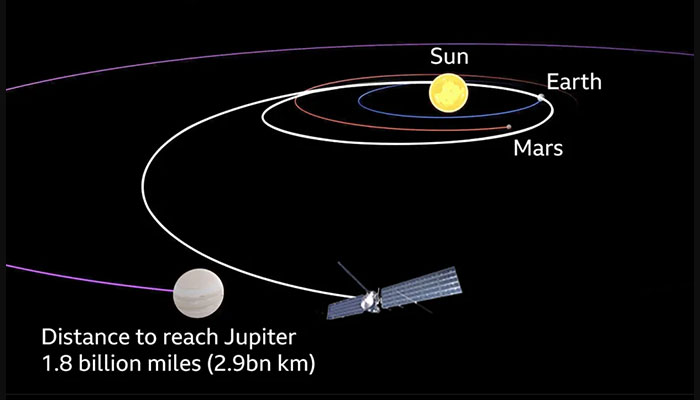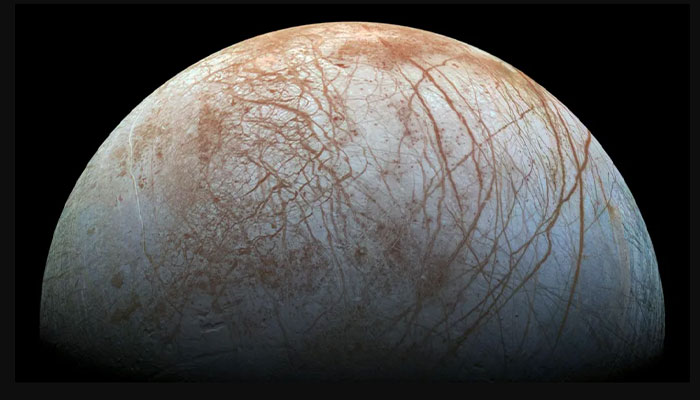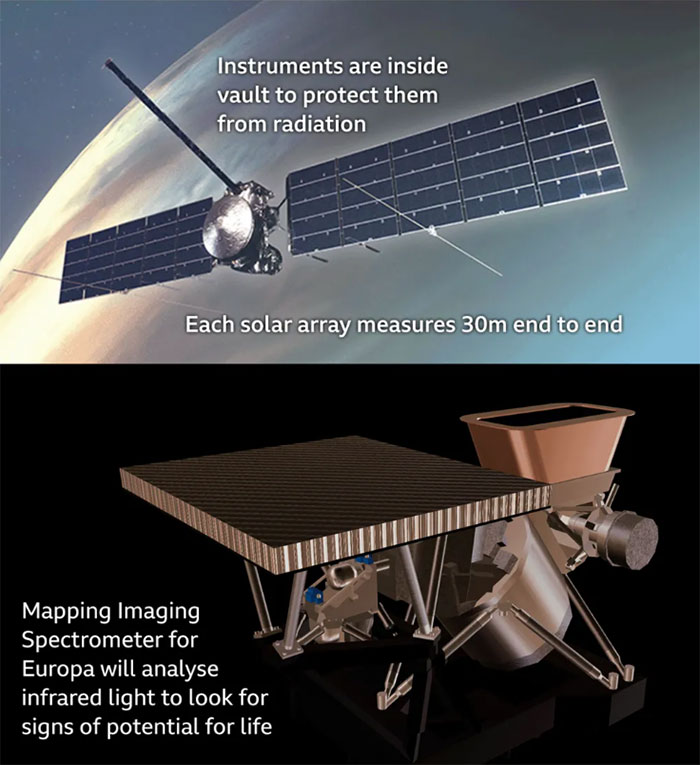“Hugely Significant”: Nasa Launches Spacecraft To Jupiter Moon In Search Of Alien Life
The mission to find extraterrestrial life has begun. NASA launched the Europa Clipper ship, designed to search for signs of life on one of Jupiter’s frozen moons at 16:06 GMT, from Cape Canaveral, Florida.
The spacecraft has embarked on a journey of 1.8 billion miles toward Europa, a moon that scientists believe could mark humanity’s first recorded encounter with alien lifeforms in outer space.
The groundbreaking mission will see the vessel travel for 6 consecutive years until it arrives at its destination in 2030, with discoveries that could potentially reshape our understanding of life in the solar system.
“If we discover life so far away from the Sun, it would imply a separate origin of life to the Earth,” said Mark Fox-Powell, a planetary microbiologist at the Open University to the BBC.
NASA has officially launched a ship designed to search for extraterrestrial life on Jupiter’s moon, Europa
Image credits: Mario Tama/Getty
The key to Europa’s significance lies in its icy crust, beneath which may lie a vast ocean with twice the volume of water found on Earth. The water may have essential chemicals that could support a variety of life forms.
Due to its thick icy surface, 25-kilometers thick, Europa is expected to shine five times brighter than Earth’s moon thanks to its reflective water ice.

Image credits: NASA
“Scientists believe Europa has the suitable conditions below its icy surface to support life. Its conditions are water, energy, chemistry and stability,” said Sandra Connelly, deputy associate administrator for NASA’s Science Mission Directorate.
“To do this, we will be collecting data from nine instruments and one science experiment. Science includes gathering measurements of the internal ocean; mapping the surface composition and geology; and hunting for plumes of water vapor that may be venting from the icy crust.”
The project has been in the works since the late 90s, and has now become a reality with the launch of the Europa Clipper

Image credits: NASA
The journey to the icy moon has been in discussion at NASA since the Galileo, a spacecraft that orbited Jupiter in 1995, finished its mission in 1997.
The National Research Council then recommended a mission to Europa in 2013, with an estimated cost at the time of $2 billion, which more than doubled over the years to $5.2 billion at the time of launch.
The spacecraft, when fully fueled, weights more than 12,500 lbs (5,700 kg) and is powered by 28 thrusters.

Image credits: NASA

Image credits: NASA
The post “Hugely Significant”: Nasa Launches Spacecraft To Jupiter Moon In Search Of Alien Life first appeared on Bored Panda.
No comments